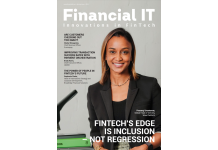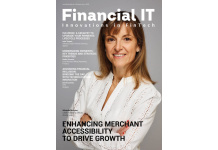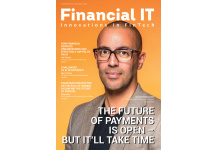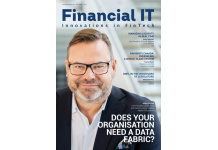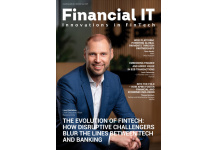Financial IT April & May Issue 2017
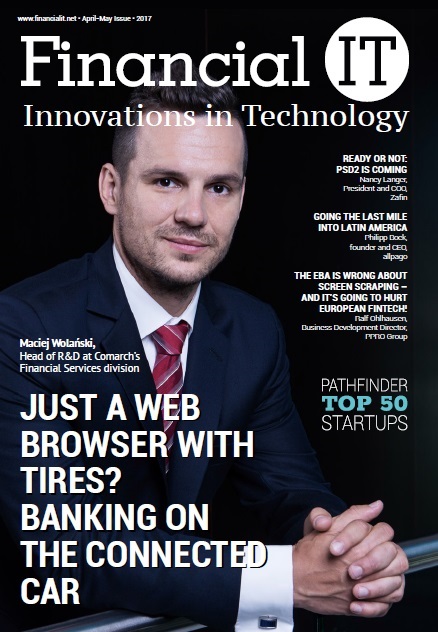
- 12 May, 2017 07:00 am
We deliberately try to base each edition of Financial IT on a particular theme or topic, and one that runs through the vast majority of the articles that we include. This enables us to produce a series of actionable commercial insights that relate to the present reality of how IT intersects with financial services.
A central feature of this edition is the inaugural publication of Financial IT’s 2016/2017 Pathfinder Ranking. We are looking to produce a definitive ranking of the 50 most promising new FinTech companies. Nominations have been sought from Financial IT’s community of readers and subscribers.
At a first glance, the discussion of the 2016/2017 Pathfinder Ranking highlights the diversity of the various companies that have been identified. Most of the companies are small. They are also typically based in the English-speaking world or in international
business centres. However, the key feature that the companies have in common is that it is not easy or helpful to be categoric about the Pathfinders’ main areas of interest. There are large overlaps between the various areas of FinTech as we would see them here at Financial IT.
Blockchain often plays a key role in security/ KYC solutions: Artificial Intelligence (AI) is often a key element of mobile banking solutions, and so on. The blurring of themes and trends runs through many of the other articles that we have included in this edition. Doug Clare and Frank Holzenthal, senior executives at FICO and FICO TONBELLER respectively, consider several of the major trends in banking. In an interview with Ana Costa e Silva, a Senior Data Scientist at TIBCO, we assess the rise of AI and machine learning
at a time of growing regulatory requirements.
Other articles look at the impact of technology on payments in Latin America and micro-credit in South Asia. In this edition of Financial IT, Comarch’s Maciej Wolański looks beyond financial services and explains how the concept of a connected motor car is poised
for a major revival. He argues that there could be major implications for investment banking.
Our previous edition of Financial IT was devoted largely to the implications of the European Union’s second Payments Services Directive (PSD2), which is due to be introduced in January next year. The magnitude of the topic is such that we would never be able to deal properly with the implications of PSD2 for financial services companies and FinTechs in just one edition of Financial IT. In this edition, Zafin COO Nancy Langer explains how, in a PSD2 world, competitive advantage for banks will come from effective analysis of data, and not just possession of it.
The topics of other articles in this edition of Financial IT highlight the complexity of the issues that are raised by PSD2: The PSD2 final Regulatory Technical Standards -10 things that you need to know; Securing the success of PSD2 (a consideration of what it means for banks’ security systems); Why is a PSD2 ‘compliant-only’ strategy a threat?; and Why the European Banking Authority may be wrong about screen-scraping.
It is likely that PSD2 will be a key topic for contributors to Financial IT in the coming months. Already, though, the material that we have gathered for this edition and the edition immediately preceding it combine to form a comprehensive examination of a large and complicated subject.
However, PSD2 is not the only major change with which financial services companies will have to deal in the coming three years. Many of the FinTech companies who best understand the numerous changes feature in our 2016/2017 Pathfinder Ranking of Who will be Who? It is no coincidence that the rest of this edition of Financial IT addresses the related question of What will be What?
Finally, we wish everyone a highly successful Money 20/20 Europe conference.




